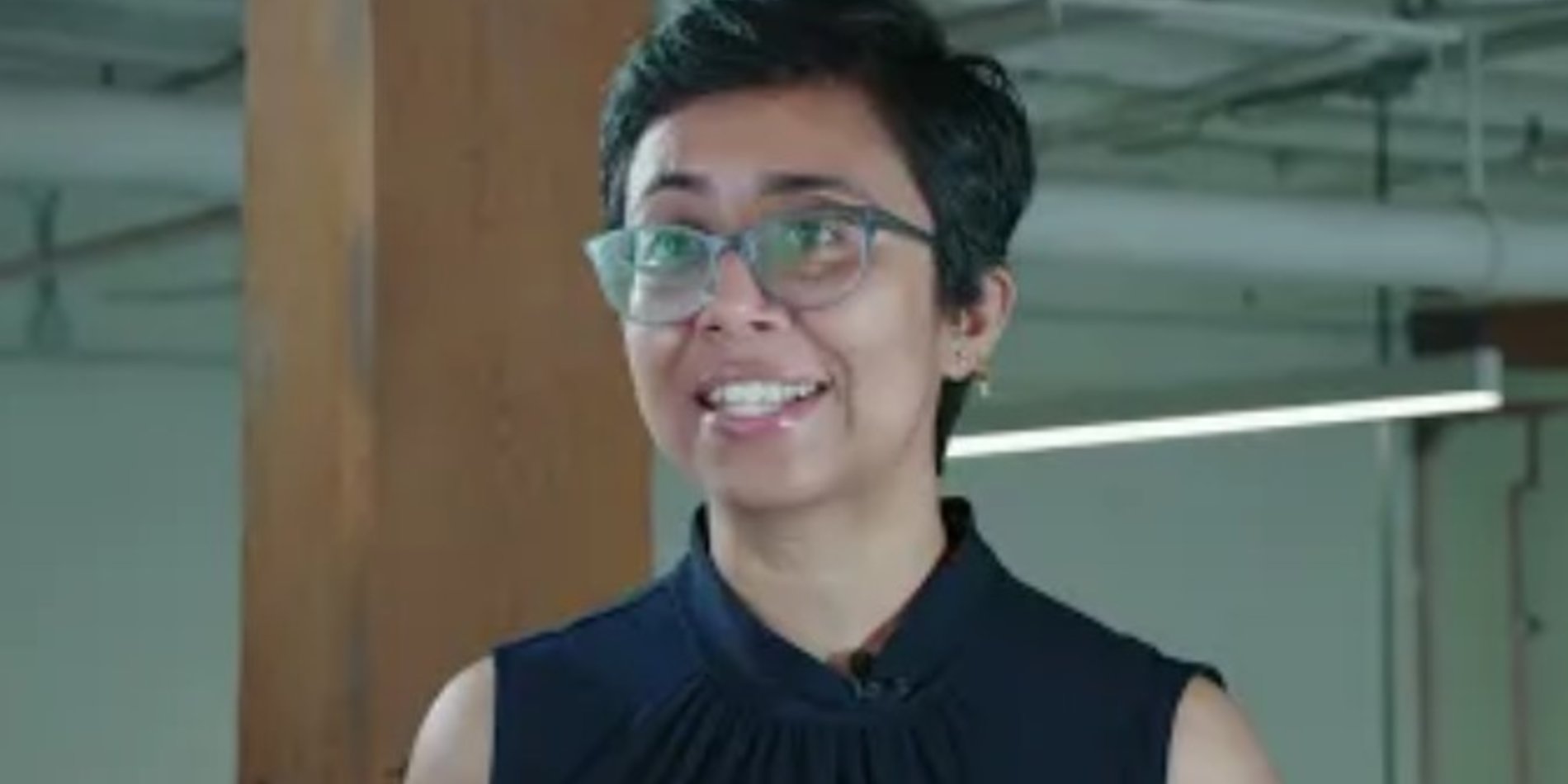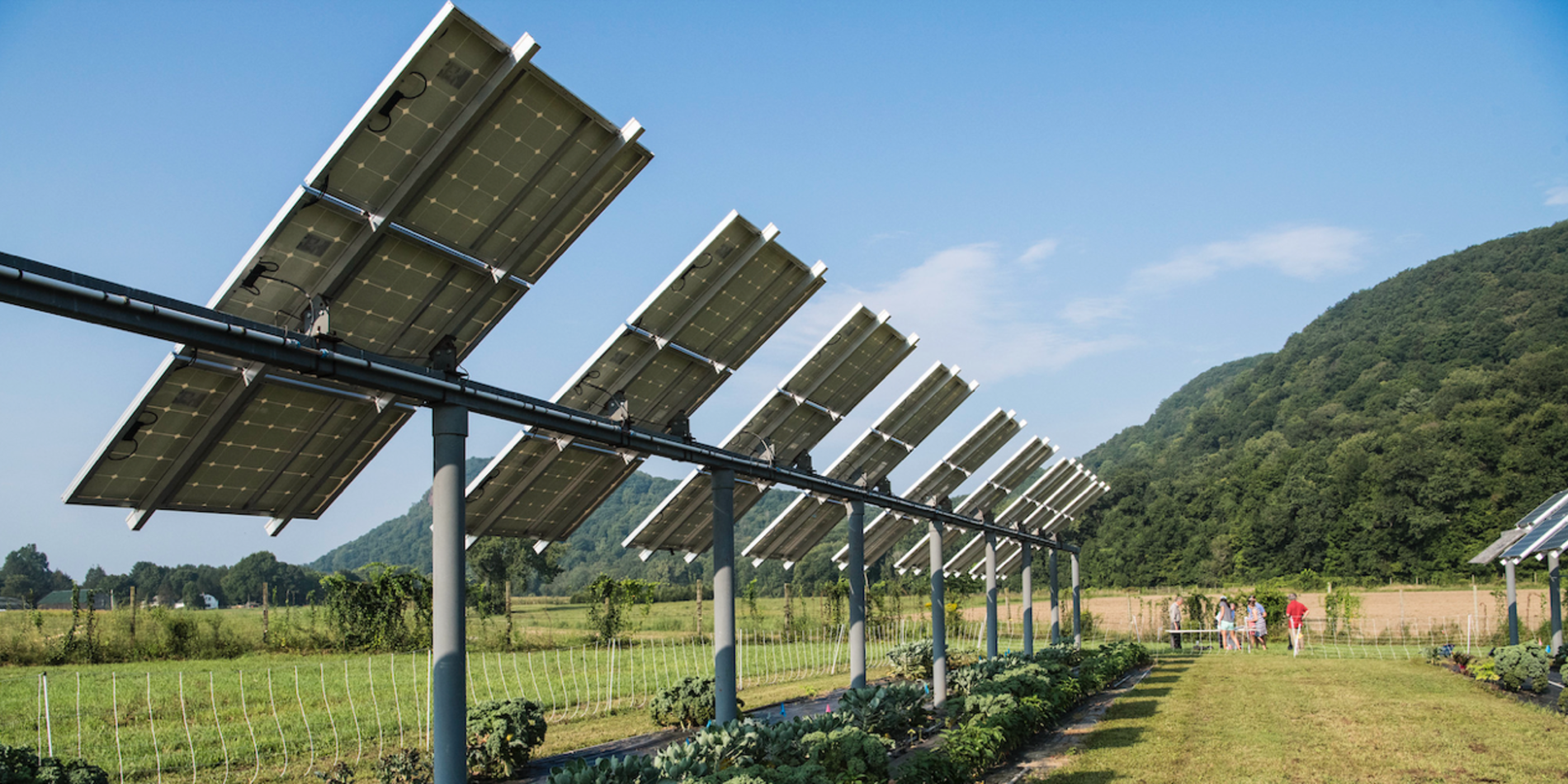Virtuous Cycle

More than 95 percent of lithium-ion batteries end up in the landfill, according to the U.S Department of Energy. When battery recycling does happen, the process is expensive, inefficient, and laden with toxic chemicals.

“Why don’t we start thinking about recycling from the beginning?” asks Stanford postdoctoral scholar Alexander Giovannitti, who has spent nearly three years searching for a better approach.
With support from the TomKat Center for Sustainable Energy, he and collaborators have created a prototype that brings them a step closer to a built-for-recycling battery. The technology draws on novel materials that he calls redox-active polymers, as well as a humble electrolyte used in the very first battery: saltwater.
Back to basics
In 1799, the Italian scientist Alessandro Volta made an important innovation. By stacking alternating layers of zinc, saltwater-soaked paper, and copper, and connecting them with a cable, he created the first battery.
Volta grew famous for his discovery. In Paris, Napoleon Bonaparte made him a count and a senator for sharing the technology, and Volta’s name lives on in the volt—the unit used to measure the energy per charge in a battery.
Today’s batteries use the same basic principles as Volta’s design, but the electrodes and electrolyte have been replaced with a complex mixture of materials, allowing for stability over hundreds of thousands of charging cycles.
Yet this need for binders and additives is partly what makes lithium-ion batteries so challenging to recycle. Like paint colors mixed together, once you have purple paint, it’s hard to get back to the original red and blue.
While an emerging wave of recycling companies are pursuing what is sometimes wryly called the “urban mining” of society’s electronic waste—Giovannitti wants to go even a step further and design batteries intended for reuse from the start.
When he first began puzzling over how to make batteries easier to recycle, he aimed to strip the design back down to the essentials. No binders. No additives.
He drew on his PhD in polymer chemistry from Imperial College in London, where he first began exploring energy storage. But Giovannitti says it was only when he was awarded the TomKat Center postdoctoral fellowship in 2018 that he could fully commit to this high-risk, high-reward research.
“The project was quite a long shot. It could also have completely failed, right?”
Charging ahead
Giovannitti, together with collaborators, recently published their findings in ACS Energy Letters, a publication of the American Chemical Society.
They have designed polymers that are redox-active, meaning that they can transport both electrons and ions, “so one material does the entire job of the electrode,” he explains, also allowing the battery to use a simpler water-based electrolyte like saltwater.
Their research has shown that recycling is able to recoup 85 percent of the anode and cathode materials of their prototype. After recycling the battery twice and performing 1,500 charging and discharging cycles, the recycled battery is still operating at more than 67 percent of its original capacity.
Giovannitti is quick to mention the technology is in its early stages. “In this sense, the research is both very applied and very fundamental,” he says.
Right now, the prototype has high power density, but low energy density. Like a sprinter who tires out quickly, the technology can surge, recharge in a matter of seconds, and then surge again, but it cannot maintain the steady cadence of a long-distance runner.
Giovannitti says he could envision biomedical uses for the technology, given its safer components, and he is keen to develop energy storage for the electrical grid, where battery size can be relatively larger.
“This is one of the biggest challenges we are facing these days. We are now able to generate energy with solar, wind, geothermal, and hydro, but we are not really able to store the energy that we generate.”
He points to his home country of Germany by way of illustration. Germany has been phasing out its nuclear power plants and building capacity for renewables, yet coal remains an important electricity source when no wind is blowing or on cloudy days—during the so-called dunkelflaute. He hopes that improved electrochemical storage will allow renewable energy to become more mainstream.
With support from StorageX, an initiative from Stanford’s Precourt Institute for Energy, Giovannitti continued to advance his battery research beyond his fellowship. He and his team are also interested in exploring sustainable catalysts for fuel cells, applying the same built-for-recycling approach to other technologies together with like-minded scientists.
“Building collaborations to advance this research has been an amazing journey to be a part of,” he says.
A circular economy
Inexpensive lithium-ion batteries won’t be available forever. The Earth’s accessible lithium is limited; the price of lithium has surged nearly 300% in 2021. As the popularity of electric vehicles and portable devices continue to rise, so does the urgency for building better batteries.
For Giovannitti, his research is as much about experimenting with the consumer mindset as it is about the technology itself. His work points to an open question: Can we build a circular economy for energy storage devices?
“That you can make a better battery for a car that drives you 500 miles instead of 100 miles, that is progress,” he says. “But for future developments, and for the sake of future generations, I think the most important part is designing materials that are recyclable from the beginning.”
With special thanks to Prof. Alberto Salleo, Siew Ting Melissa Tan, Tyler J. Quill, and Garrett LeCroy from the Salleo Lab at Stanford University, and Maximilian Moser, and Xingxing Chen from the McCulloch Lab at Oxford University.



